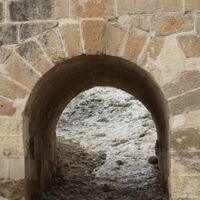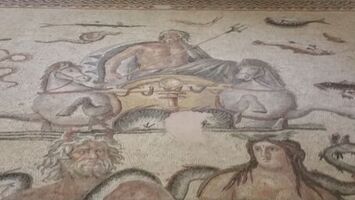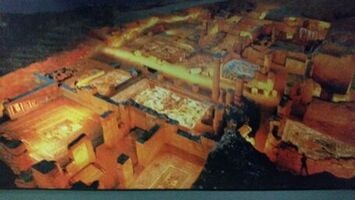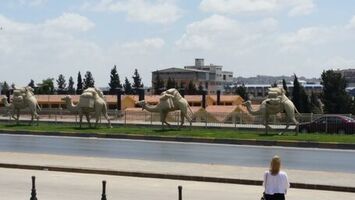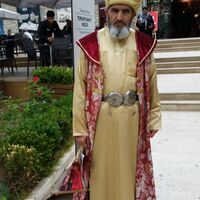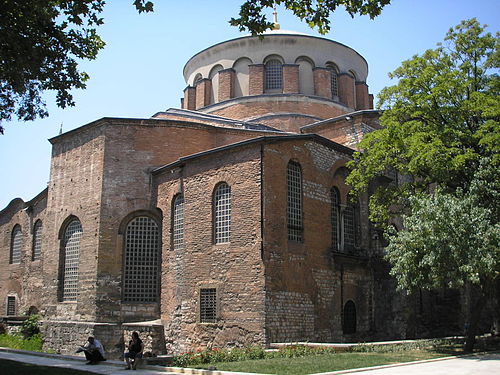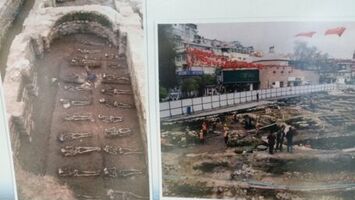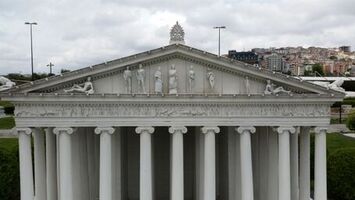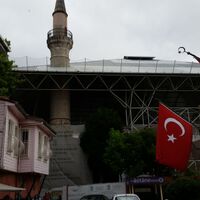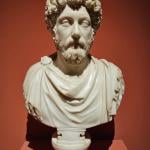The phrase ‘built to last’ gets thrown around a lot in our time, but frankly we ain’t got nothing on the ancient Romans. When they built a bridge or a road, or an aqueduct, or a theater or a coliseum, well at least some of it is still around in most cases. As for us, we can’t even make asphalt last three years without cracking and potholes. You get the picture. One such bridge is the bridge pictured above which... Read more


